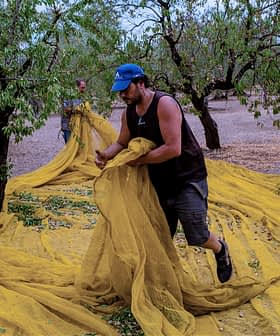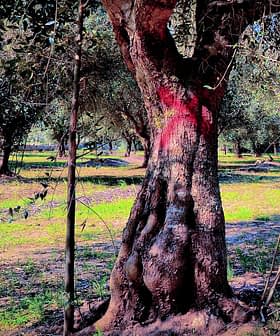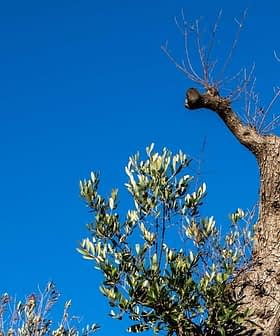
More than eight months after deadly bacteria has threatened olive crops in Italy, and olive prices worldwide, the Italian Ministry of Agriculture (MIPAAF) has announced a monitoring plan to battle Xylella fastidiosa, the plant-killing microbes that have infected over 74,000 acres of olive trees in the region of Puglia.
The plan involves enforcing a sanitary cordon in the most recently affected Leece to prevent the bacteria from spreading north. Cordons require forming an enclosed, well-trimmed plot heavily treated with pesticides. Additionally, the Ministry has proposed increased monitoring of the bacteria, the felling of infected plants and better tracking of potential carriers of the bacteria.
The MIPAAF will introduce a scientific committee of industry experts to support the existing National Plant Protection Service in researching characteristics of infected trees and transmission. The ministry also plans to provide financial assistance to affected farmers and producers.
The origin of the bacteria remains unknown, but according to Rolando Manfredini, an expert with an Italian farmers’ lobby group, Xylella fastidiosa likely came from imported plants such as oleander. “Italy’s motorways are often lined with oleanders, which turn the roads into flower-lined avenues, but could also turn them into deadly conduits for the disease to spread through Italy to other regions noted for their olives, like Tuscany,” Manfredini told the Telegraph.
According to Antonio Guario, a health official with the regional government, Italy currently exports 480,000 tonnes of olive oil annually, making it the world’s second-largest exporter after Spain.
The European Food Safety Authority (EFSA) has reported there is “no record of successful eradication of X. fastidiosa once established outdoors due the broad host range of the pathogen and its vectors.”







